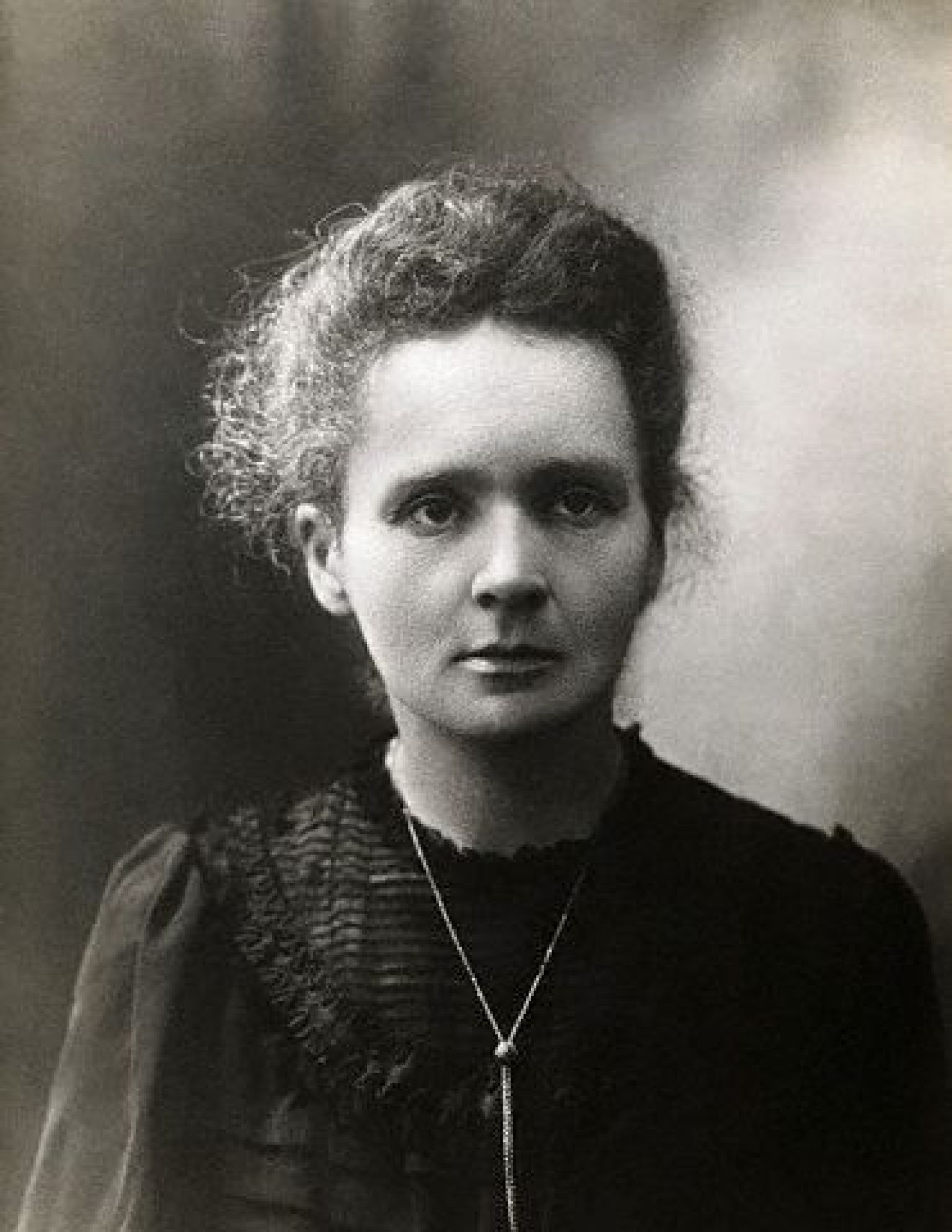 |
| Marie Curie |
Marie Curie was a brilliant
scientist and a Nobel Prize laureate. She relied on her curiosity and intellect
to advance scientific knowledge by leaps and bounds during her lifetime. With
the help of her husband Pierre Curie, Marie helped to lay the foundations for
the future of physics and helped the scientific community as a whole with her
monetary and physical contributions. In a time when female scientists were a
rarity and a female scientist of her caliber was unheard of, Marie proved that
she was something of a cut above her contemporaries.
Marie Curie was born on November
7, 1867 in Warsaw, Poland. Both of Marie’s parents were teachers; her father,
Vladislav Sklodowska was a teacher of mathematics and her mother, Bronislawa
Sklodowska was a music teacher. When Marie was about eleven years old, her
mother passed away. Her father made sure that she had a decent education, but
when she was fifteen years old, it was no longer possible for her to attend a
school in Poland. At the time, it was unlawful for a woman to attend college
and Vladislav could not afford to send Marie to another country to attend
school. This did not stop Marie from seeking an education.
When Marie was sixteen, she
joined a group of students who, like her wished for a good education. This
group was called the “Floating University.” The students would get together and
read books that were illegal and talk about their thoughts, among other
academic activities. In 1891 Marie enrolled in Sorbonne or the University of Paris,
where she studied mathematics and physics. She left the school with a degree in
both subjects in 1894.
Eighteen-ninety-four was also
the year that Marie met her future husband, Pierre Curie. Pierre and Marie
Curie married in July of 1895. The couple shared many of the same vocational
interests and would go on to make major discoveries in physics and chemistry
together. Marie and Pierre would eventually have two daughters together, Irene,
who was born in 1897 and Eve, who was born in 1904. Irene would go on to be
awarded the Nobel Prize in Chemistry. Eve would go on to write a famous
biography about her mother.
Marie Curie first became
involved in the study of radioactivity when she was searching for a subject for
her doctoral thesis. She began testing various materials for radioactivity with
an invention of Pierre’s. While doing those tests, she noticed that pitchblende
was more radioactive than uranium. There was only one explanation for this;
there must be an element in pitchblende that is more radioactive than uranium.
The interesting thing was that no such element had been discovered, thusfar.
Pierre Curie became very
interested in his wife’s work and so the two of them teamed up and began
searching for the element that was causing this high radioactivity in
pitchblende. What they discovered was not one, but two unknown radioactive
elements. They named these elements polonium and radium. In 1903 Marie got her
Doctor of Science degree and that same year, she and her husbanded were awarded
the Nobel Prize in Physics for their discovery of spontaneous radioactivity.
In 1906 Pierre Curie was struck
by a horse and carriage on the streets of Paris and was killed. At the time of
his death, Pierre was the Professor of General Physics in the Faculty of Science.
Marie took his place after he died and she became the first female professor at
the University of Paris. In 1911 Marie was awarded the Nobel Prize in Chemistry
for the discovery of polonium and radium. She was the first person to ever be
awarded the Nobel Prize twice.
In 1914 Marie became the
Director of the Curie Laboratory in the Radium Institute of the University of
Paris. She continued to contribute to the school and to scientific study until
her health would no longer allow it. Marie Curie suffered from leukemia later
in her life that we now know was caused by her near constant exposure to
radiation. She died in France in 1934 at the age of sixty-seven.
Sources:
Marie Curie: First Lady of
Science, retrieved 9/11/09, emporia.edu/earthsci/student/vaught1/index.htm
Marie Sklodowska Curie,
retrieved 9/11/09, genchem.chem.wise.edu/lab/PTL/pll/B105/curie.htm
Marie Curie: The Nobel Prize in
Physics 1903,
nobelprize.org/nobel.prizes/physics/laureates/1903/marie-curie-bio.html
No comments:
Post a Comment